Houthi air defense systems
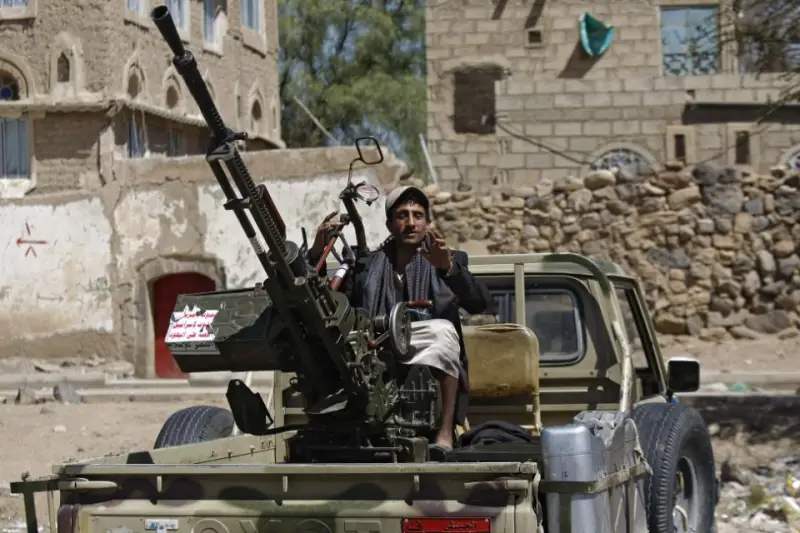
Attacks by the Islamist movement Ansar Allah on foreign ships sailing through the Bab el-Mandeb Strait, which connects the Gulf of Aden with the Red Sea, provoked a new round of tension, after which objects in Yemen were subjected to missile and bomb attacks from the United States and Great Britain.
The Houthis said that while repelling air raids, their air defense systems managed to shoot down several aircraft (including the F-22A Raptor), but in reality only the destruction of American UAVs took place. On February 19, 2024, representatives of the US military confirmed the loss of the MQ-9 Reaper reconnaissance and strike unmanned vehicle.
It is clear that the situation around Yemen is far from detente, and the response to attempts to impede navigation on one of the most important trade sea routes will be new missile and aviation blows.
Today we will talk about what air defense systems are available to the armed formations of the Ansar Allah movement, and what danger they pose to military aircraft and cruise missiles.
Radar means for detecting air targets at the disposal of the armed forces of the Ansar Allah movement
There is currently no permanent radar field over Yemen. At the disposal of the command of the air defense forces in Sana'a there are still several P-18, P-19 radars and PRV-13 altimeters, which have exhausted their service life, are outdated and are switched on irregularly. There are also several new Iranian-made radars, but due to their small numbers and complete dominance in the air of American-British and Saudi aviation, they do not play a noticeable role.
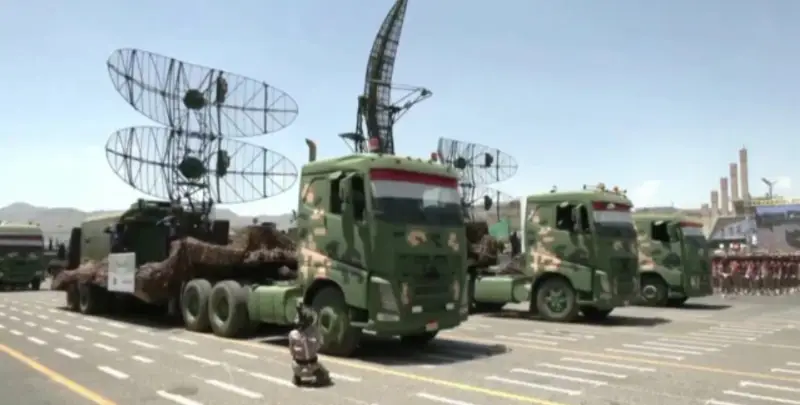
Elements of P-19 and PRV-13 radars at a military parade in Sana'a
At a military parade held in September 2022, antenna posts of the P-19 low-altitude radar and PRV-13 radio altimeter mounted on vehicle trailers were demonstrated.
The air defense forces of the Ansar Allah movement have an urgent need for modern radars, without which it is impossible to organize counteraction to enemy air attacks. Experts studying the air force and air defense of Middle Eastern states claim that since 2015, Iran has been transferring Matla ul-Fajr-2 and Kashef-2 meter-range radars, operating in the centimeter frequency range, to the Ansar Allah group.
The Iranian Matla ul-Fajr-2 radar, designed on the basis of the Chinese YLC-8B (derived its ancestry from the Soviet P-12), is built on a modern solid-state element base. It uses digital technologies, advanced systems for displaying and transmitting information.
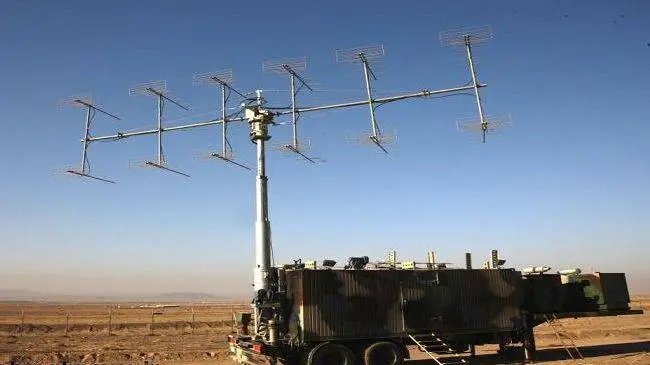
Matla ul-Fajr-2 Radar
According to Iranian data, the Matla ul-Fajr-2 radar is capable of effectively detecting aircraft made with low radar signature elements. Instrumental range for high-altitude targets is up to 300 km.
Another Iranian-made radar station, created on the basis of the Chinese YLC-6, is Kashef-2.
This two-coordinate station, like the Soviet P-19 radar, is designed for timely detection of low-altitude air targets and issuing target designation to ground-based air defense systems.
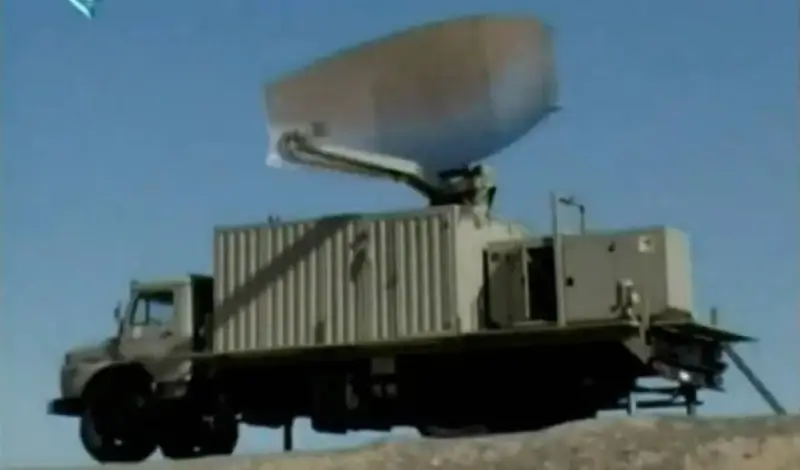
Radar Kashef-2
The Kashef-2 radar antenna post is mounted on a truck chassis. Two more container-type self-propelled hardware rooms house control and information display equipment, as well as communication equipment. The detection range, depending on the nature of the target and the flight altitude, is 100–150 km.
Anti-aircraft machine gun and artillery installations at the disposal of the armed formations of the Ansar Allah movement
Currently, the Houthis have a varied fleet of 12,7 caliber machine guns and artillery anti-aircraft guns; 14,5; 20, 23, 35, 37 and 57 mm. Basically it is well known and not very new weapon, made in the USSR, USA, China and Iran.
Among the exotic ones, we can note the paired 35-mm Swiss-made GDF-002 assault rifles with a Super Fledermaus fire control radar.
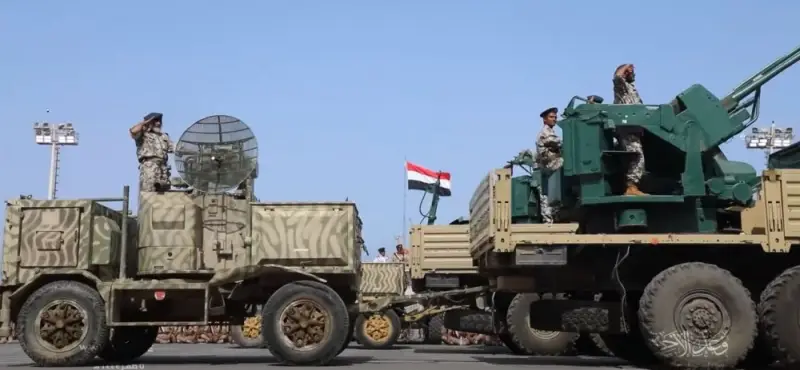
A three-axle off-road truck with a 35mm GDF-002 artillery mount is towing a Super Fledermaus fire control radar
It is possible that these are Iranian clones of Swiss 35-mm anti-aircraft guns, which are produced in Iran under the name Samavat.
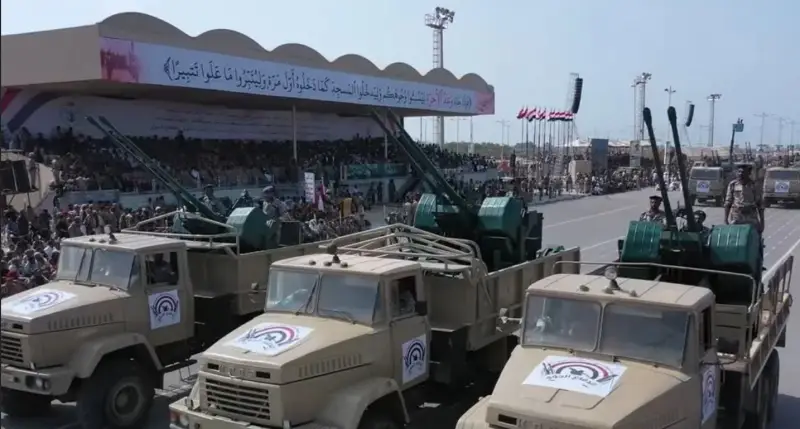
The most common in the Ansar Allah armed formations are 12,7 mm and 14,5 mm ZPU, as well as 23 mm ZU-23 artillery mounts.
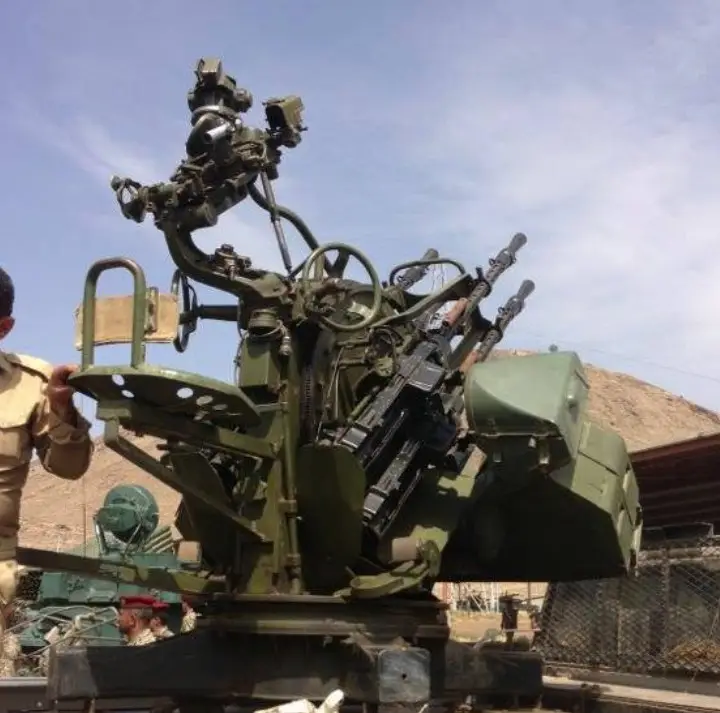
According to reference data, the Houthis have approximately six hundred single-barreled and coaxial 12,7 mm and 14,5 mm anti-aircraft machine guns, as well as up to a hundred twin ZU-23.
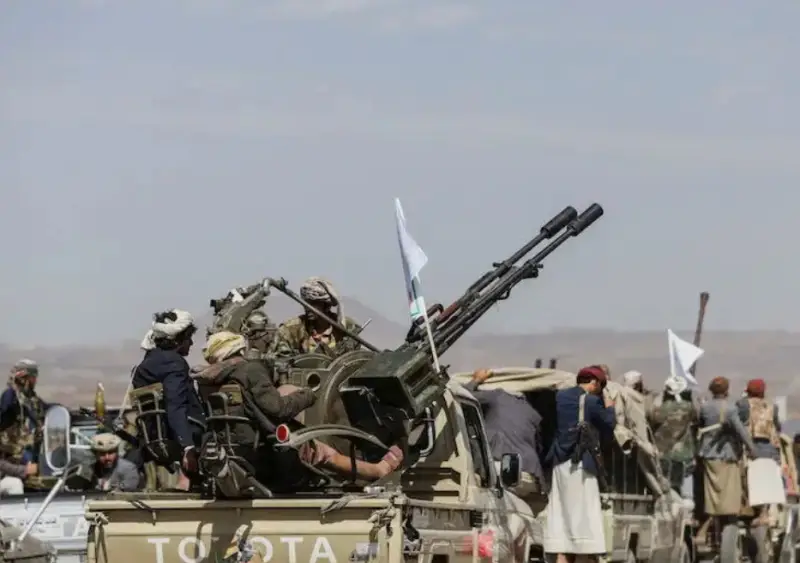
Also, several dozen old Soviet anti-aircraft guns of 37, 57 and 100 mm caliber have been preserved in working condition.
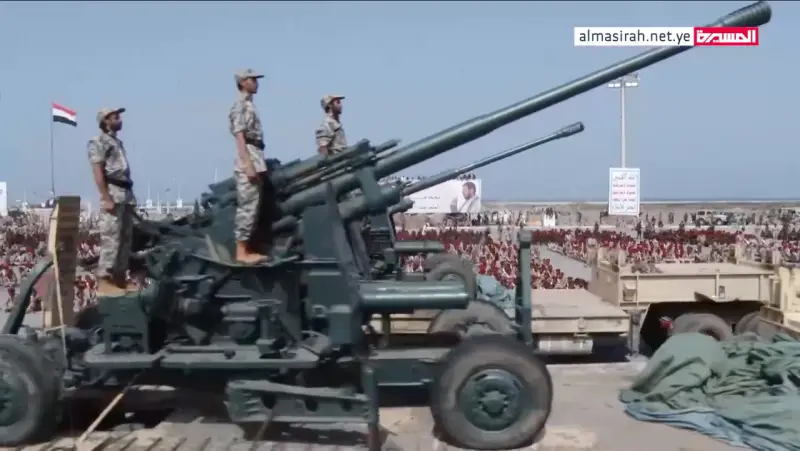
Taking into account the fact that there are no serviceable anti-aircraft fire control radar stations left in Yemen, these guns are only capable of conducting barrage fire at air targets, and are of little use.
Man-portable anti-aircraft missile systems at the disposal of the armed forces of the Ansar Allah movement
The Houthis certainly have short-range man-portable anti-aircraft missile systems. But this issue is very poorly covered, since the Yemeni Islamists have never disclosed what types of MANPADS they have in stock and where they came from.
During the Soviet era, several hundred Strela-2M MANPADS were supplied, but they were mainly used in the armed confrontation between North and South in the 1980–1990s when repelling attacks from the Arab Coalition aircraft, and the rest were mostly out of action .
In the 1st century, several dozen Igla-XNUMX MANPADS arrived in Yemen through third countries, but they did not have a noticeable impact on the course of hostilities.
Military observers write that Iran has transferred a significant number of Misagh-2015 MANPADS since 2.
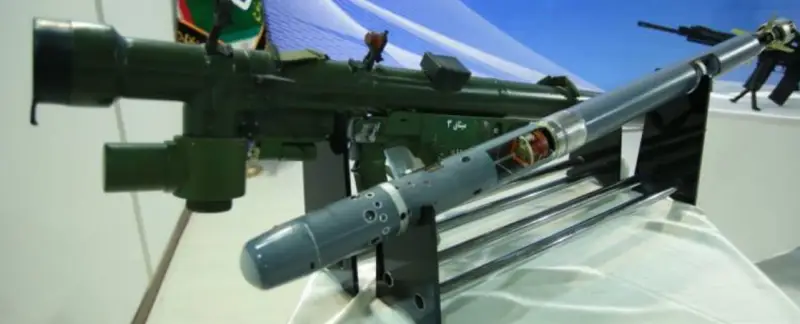
The production of Misagh-2 MANPADS in Iran is carried out on the basis of a license received from the PRC. The Chinese prototype, known as the QW-18, is a conglomerate of technical solutions borrowed from the Soviet Igla and the American Stinger.
According to its characteristics, the Iranian portable complex fully meets modern requirements. Slant firing range is 500–5 m, height reach is 000–30 m. The maximum speed of the missile defense system is 4 m/s. In combat-ready form, the MANPADS weighs 000 kg. SAM weight – 600 kg. The mass of the high-explosive fragmentation warhead is 16,9 kg.
Surrogate Yemeni anti-aircraft missile systems created using R-60MK, R-73 and R-27T guided aircraft missiles
Due to an acute shortage of anti-aircraft missile systems, engineers at the Yemen Missile Research and Development Center were able to adapt the R-60MK, R-73 and R-27T air combat missiles with heat guidance to be launched from the ground. These missiles remained in aviation weapons depots after the neutralization of the MiG-21bis, MiG-29 and Su-22M3 aircraft.
The R-60MK and R-73 air-to-air missiles were adapted for launch from off-road pickup trucks, providing power supply and cooling of the IR seeker with liquid nitrogen.
There are photographs online of homemade Yemeni self-propelled air defense systems that used close-in aircraft missiles. The photographs clearly show that simple collimator sights are used to aim the launcher at the target.

Taking into account the fact that relatively light air combat missiles do not have an additional upper stage, the firing range from a ground installation will be approximately half that of when launched from an aircraft. According to experts, the effectiveness of such homemade systems is low, and in terms of their main characteristics they are inferior to modern MANPADS.
An anti-aircraft complex that uses the R-27T medium-range missile may be somewhat more effective.
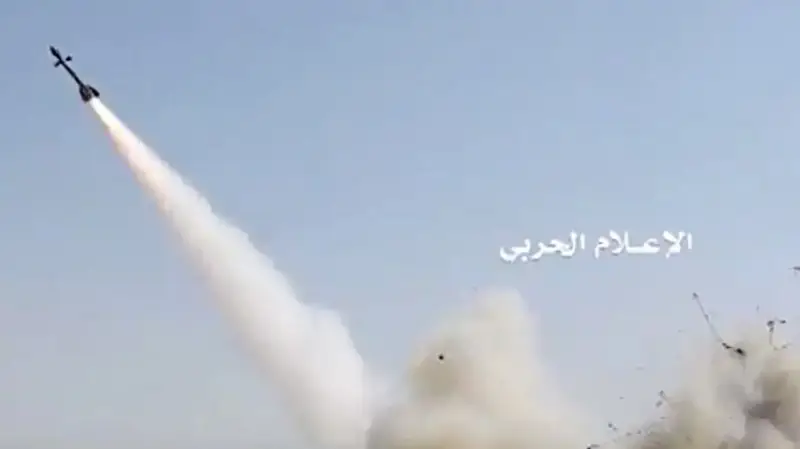
Based on available data, at least three such air defense systems have been built in Yemen. Flir Systems ULTRA 8500 optoelectronic thermal imaging systems, supplied back in 2008, were used to search and acquire targets. The firing range of the R-27T when launched from the ground can reach 15 km.
At the September 2022 parade, three heavy trucks carrying launchers for R-27T missiles paraded through a square in central Sanaa.
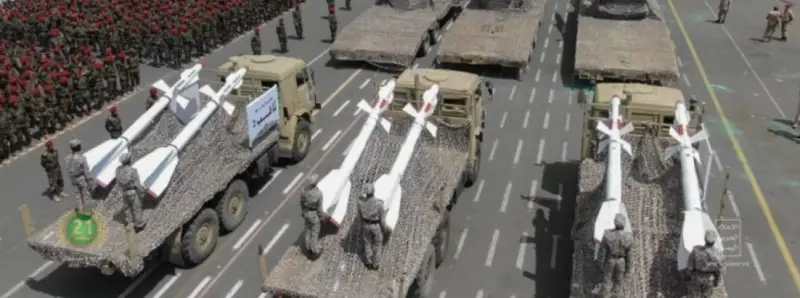
The Houthis claim that on January 7, 2018, a Royal Saudi Air Force F-27SA was hit by a ground-launched R-15T missile over Sanaa. However, the wreckage of the fighter was subsequently not presented, and it is possible that the F-15SA was only damaged. Around the same time, a Saudi Tornado ADV fell in the northern part of Yemen, but it is not known for certain how it was shot down.
Anti-aircraft missile system with 3M9 missiles
In parallel with the creation of “Frankensteins” based on unclaimed air-to-air missiles, the Yemenis, with technical support from Iran, began restoring the 3M9 missiles that were part of the ammunition of the Kvadrat air defense system.

By 2018, all the 1S91 self-propelled reconnaissance and guidance systems available in Yemen, used as part of the Kvadrat air defense system for direct target search and guidance of missiles, were out of order, and the 3M9 missiles, manufactured in the early 1980s, were beyond the warranty period of operation .
To confirm that these systems are back in service, in 2021 a video was shown of the launch of a restored 3M9 anti-aircraft missile. It is also possible that the new missiles were received from Iran.
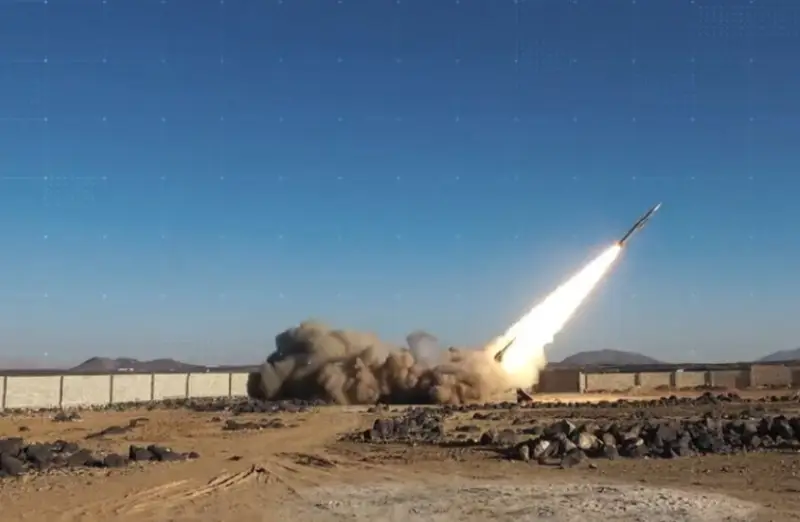
During the parade in Sana'a, three self-propelled launchers with 3M9 missiles on a KrAZ-6322 truck chassis passed through the square.
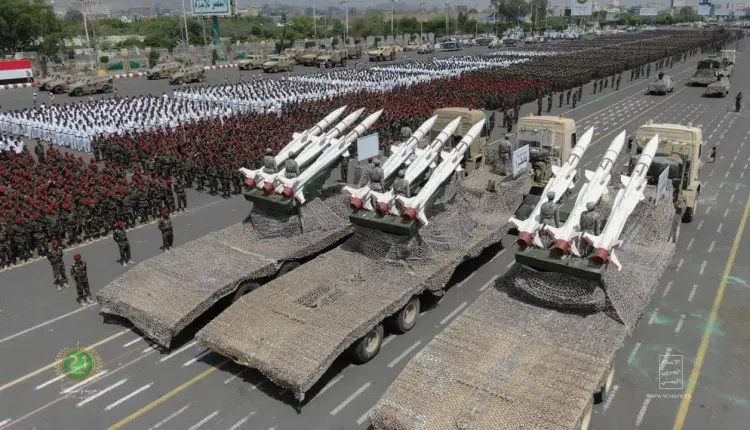
However, restoring missile functionality is only half the battle. To aim the 3M9 missile system, illumination by a radar beam is required. It is not known whether the Houthis have operational SURN 1S91, or whether a different guidance radar was used for this purpose.
New anti-aircraft missile systems available to the armed forces of the Ansar Allah movement
In 2022, Iranian Taer medium-range missiles were seen in service with the Ansar Allah anti-aircraft missile units.
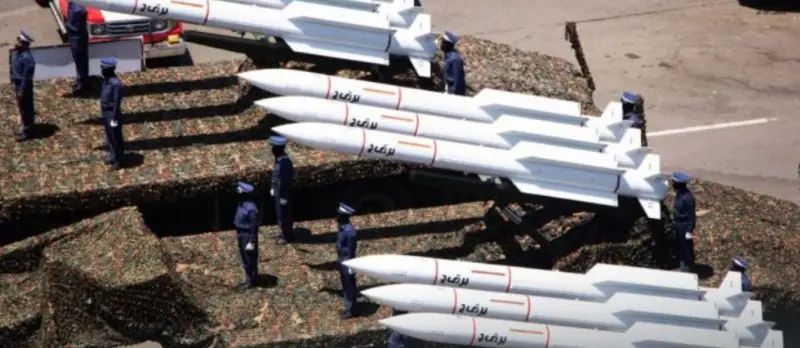
The appearance of these anti-aircraft missiles in Iran became possible after the Moscow enterprise OJSC GPTP Granit received an order in 2005 to modernize the Iranian Kvadrat air defense systems.
This “modernization” took place in a very unique way. Simultaneously with the extension of the service life of the few Iranian “Kvadrat” and 3M9 anti-aircraft missiles, Iran began assembling mobile Raad air defense systems on wheeled chassis, with missiles that in appearance strongly resembled the Soviet 9M38 missile defense system, used as part of the Buk-M1 air defense system.
The Raad air defense system is capable of hitting air targets within a radius of 45 km and at an altitude of 22 km. There is little detailed information in open sources about the new Iranian complex. The full composition of the air defense system, the type and characteristics of the detection radar are unknown.
Anti-aircraft missiles of the Taer family are also used in complexes known in the West as Khordad and Tabas. A common feature of all Iranian medium-range mobile military air defense systems is the placement of launchers on a wheeled base.
The Islamists of the Ansar Allah movement also have short-range anti-aircraft missiles, but little is known about them.
Observers note that Yemeni engineers mounted Strela-1 air defense missile launchers on KrAZ-6322 trucks.
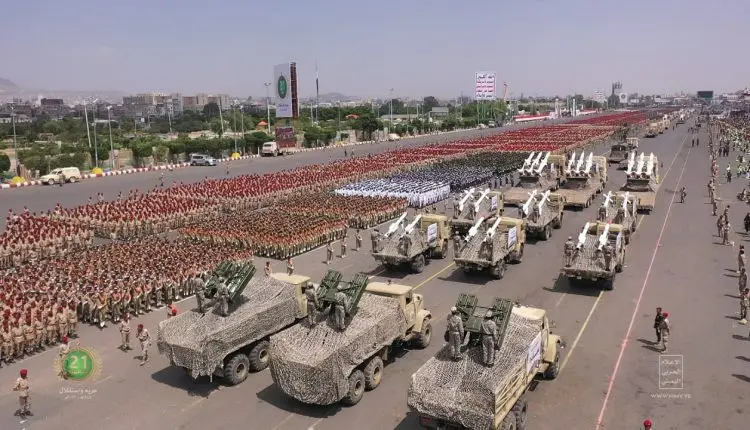
Taking into account the fact that the combat module of the old Soviet military complex 9A31, originally placed on the BRDM-2 wheeled armored vehicle, did not have special detection means, such work is not difficult. At the same time, reasonable doubts remain about the performance of the 9M31 missiles manufactured more than 40 years ago and about their combat effectiveness.
Along with other air defense systems, the Houthis showed Miraj anti-aircraft missiles in September 2022. The launchers of these missiles are not associated with a specific vehicle; they can be self-propelled or towed.
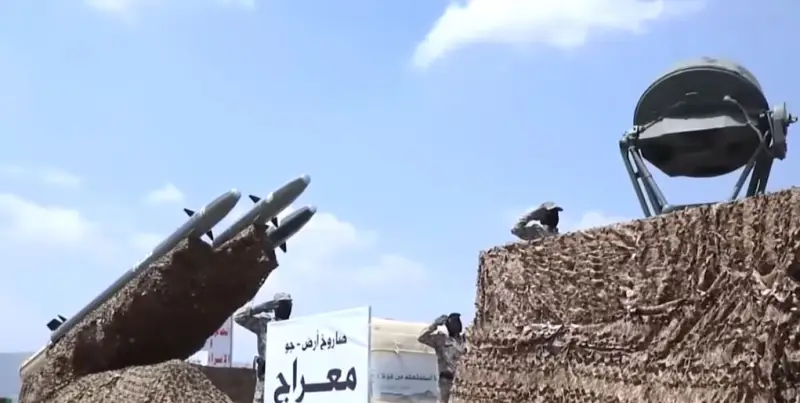
Together with the Miraj missile launcher, a fire control system was demonstrated, which, according to experts, uses the RPK-2M radar instrument system dismantled from the ZSU-23-4 Shilka.
The heat-seeking Miraj anti-aircraft missile, equipped with an additional upper stage, with such dimensions should have a firing range of more than 5 km and its characteristics may be close to the Soviet 9M37 missile defense system used as part of the Strela-10 air defense system.
No ordinary Iranian anti-aircraft missile is the model originally known as "358". Western intelligence became aware of the existence of the “358” missile defense system in 2019, after Shiite groups tried to use missiles of this type in combat operations in Iraq and Yemen.
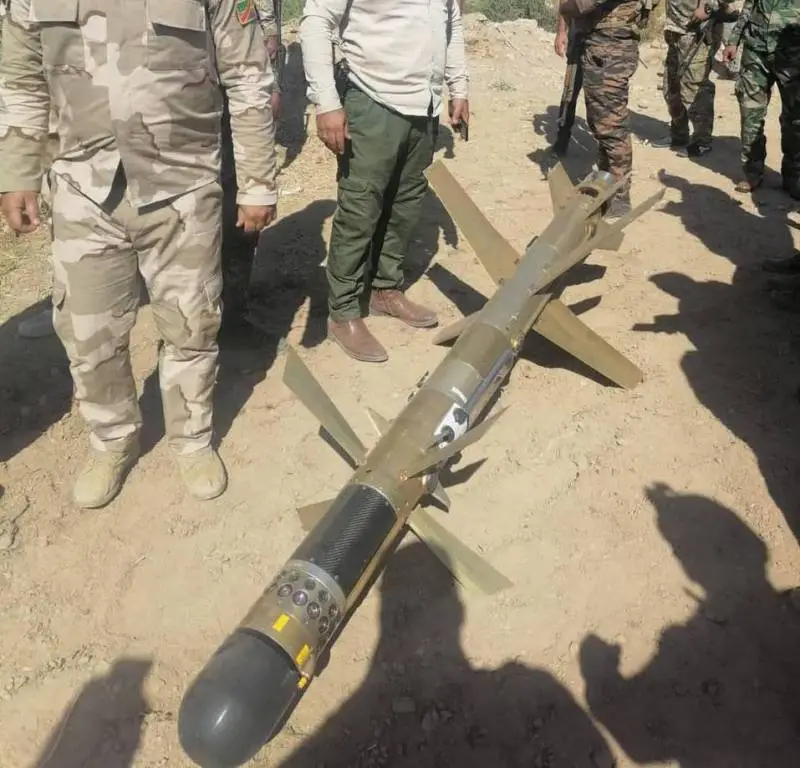
After receiving intelligence information, the US Navy intercepted a cargo ship, in the hold of which they found missile parts and launchers. The Americans assembled a rocket, but there was no control equipment for it, and they did not understand how it worked.
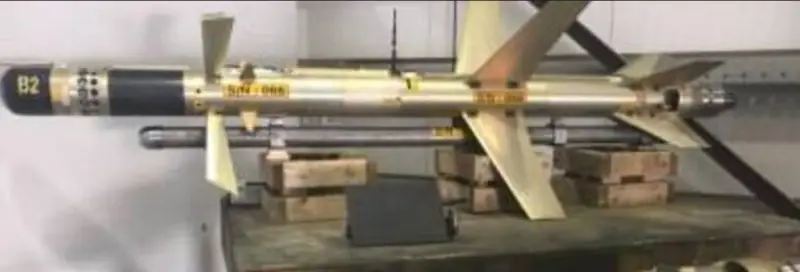
According to American data, the rocket has a modular design and can be quickly assembled in half an hour, even by poorly trained personnel. This design simplifies the delivery of missiles to combat zones.
The length of the rocket is 2,75 m and the diameter is 152 mm. Dry weight – more than 75 kg. The launch takes place from a simple launcher in the form of an inclined rail guide several meters long using a solid fuel motor more than 1 m long, which is attached to the body before the launch. The missile is equipped with a fragmentation warhead weighing 10 kg. Flight range – up to 100 km.
The accelerator accelerates the rocket to supersonic speed, after which it separates and the compact turbojet engine starts. Taking into account the shape and dimensions of the hull, tail and type of propulsion engine, the missile, apparently, has a subsonic flight speed when attacking a target.
A number of sources claim that an IR seeker is used to target the target, but given the specifics of the application, this seems doubtful. Most likely, a combined guidance method is used and the rocket is equipped with a universal television camera with an IR channel, as well as data transmission equipment.
The unique feature of this Iranian missile is that it is capable of operating in several modes and has high flexibility of use. Taking into account the low flight speed, the missile can be used against drones and helicopters. In this case, the warhead is detonated at the command of a laser fuse when flying close to the target. If the air target could not be detected, the same missile is capable of attacking ground targets as a loitering munition.
In 2022, the missiles previously known as “358” were officially demonstrated almost simultaneously under the designation Saqr-1 in Iran and Yemen.
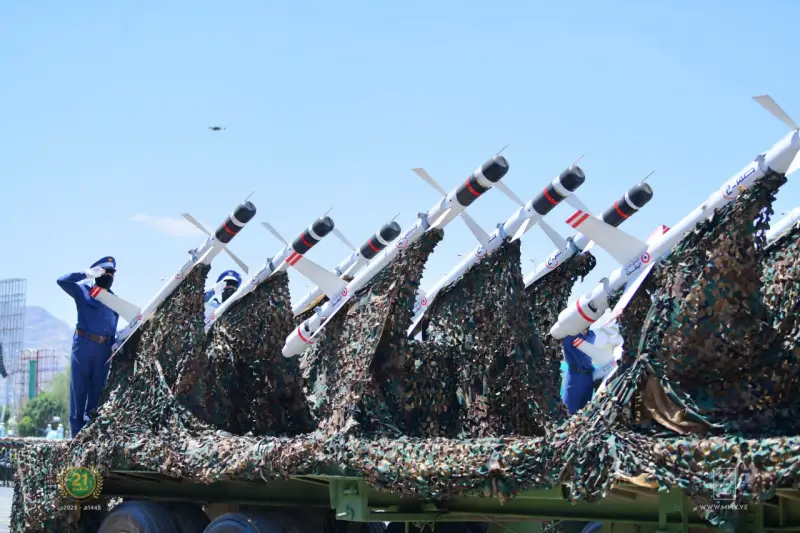
Experts have ambivalent assessments of the Saqr-1 multi-purpose missile.
On the one hand, it has broad capabilities and is capable of fighting both air and ground targets. The modular design, suitable for transportation when disassembled, makes it very attractive for various types of irregular formations and sabotage units.
At the same time, the relatively low flight speed does not allow it to effectively counteract jet combat aircraft and cruise missiles.
It should also be understood that without the use of aerial repeaters or antenna devices raised to a height of several tens of meters, the maximum firing range of 100 km is absolutely unattainable.
In addition, the operating range and noise immunity characteristics of the control equipment are unknown. The experience of combat operations in various regions of the world demonstrates that digital radio channels for transmitting television images and control commands can be successfully suppressed by a technologically advanced enemy.
Information